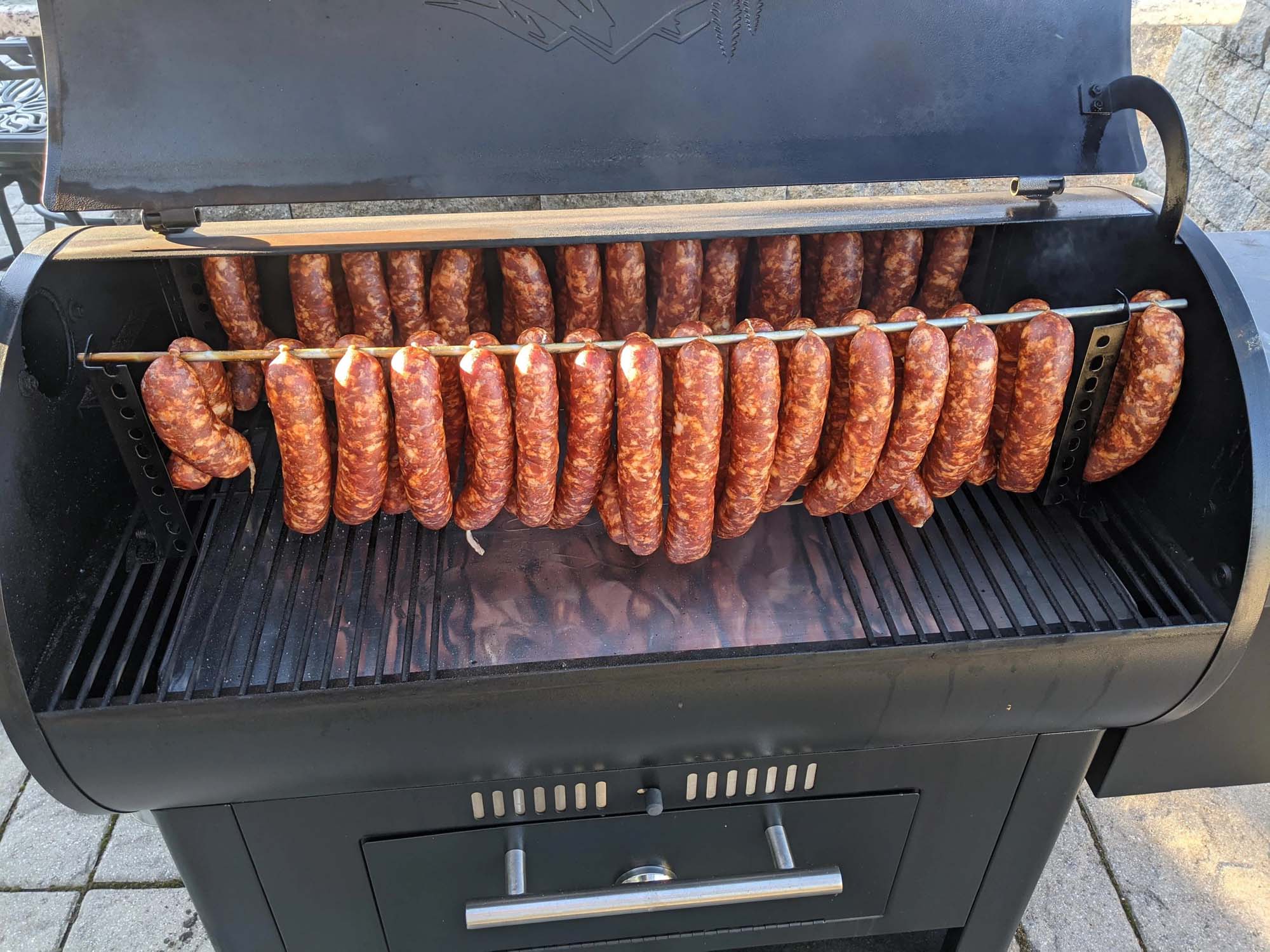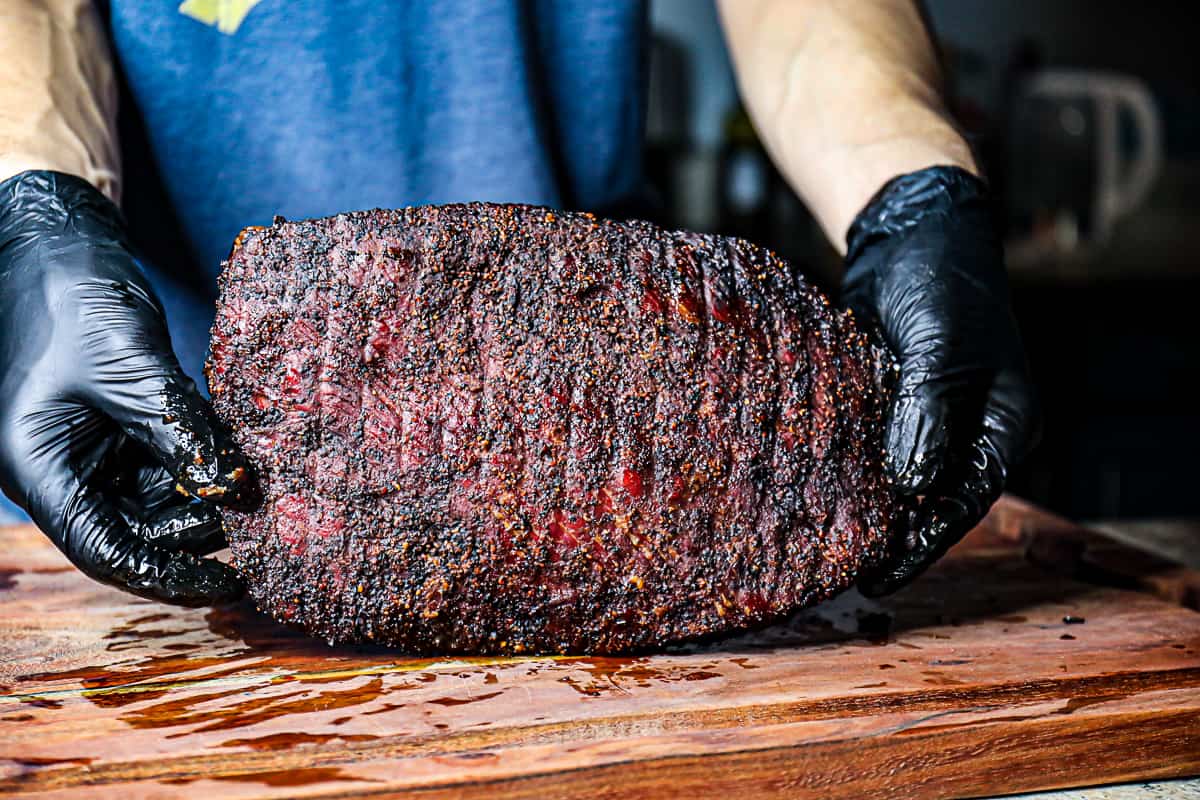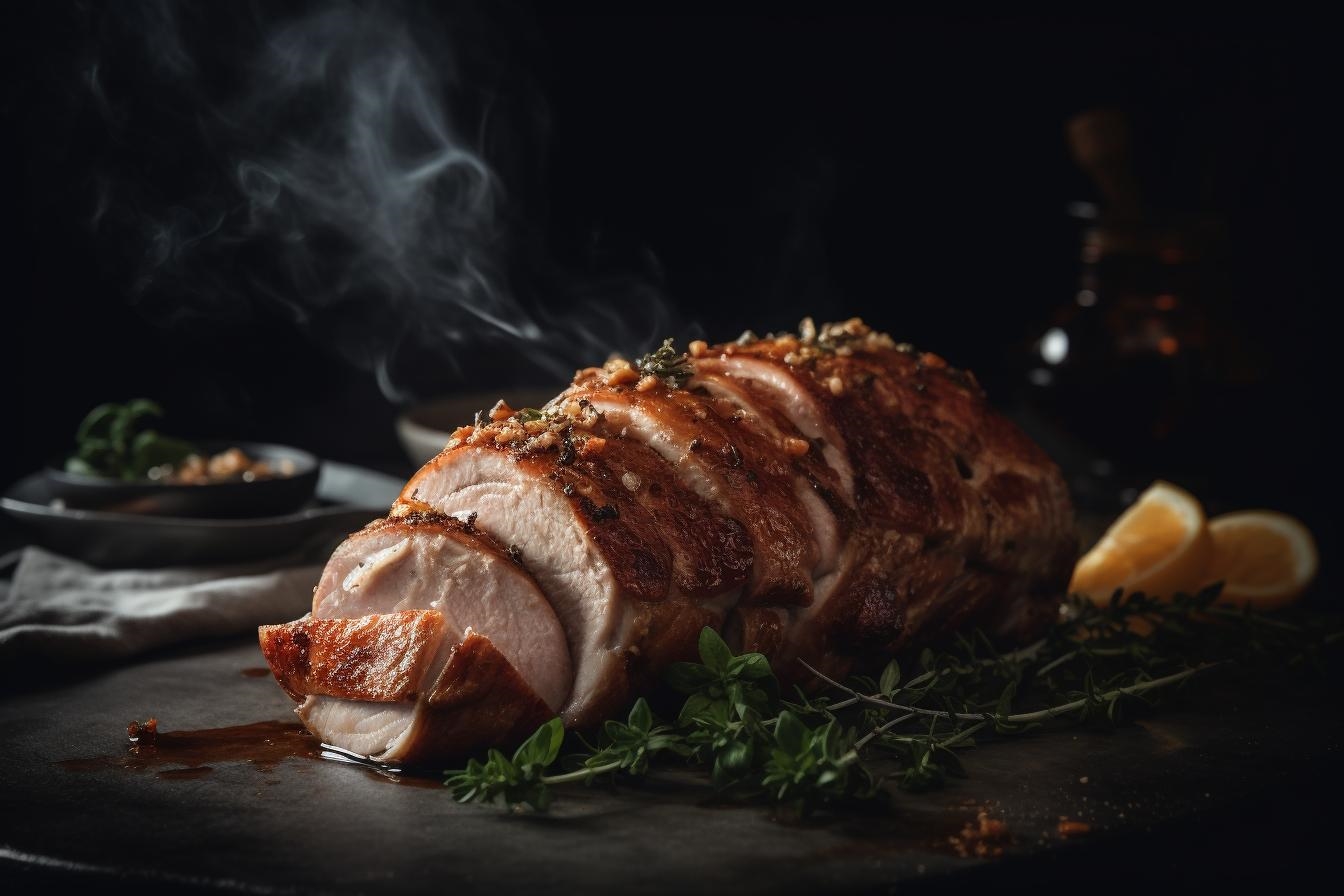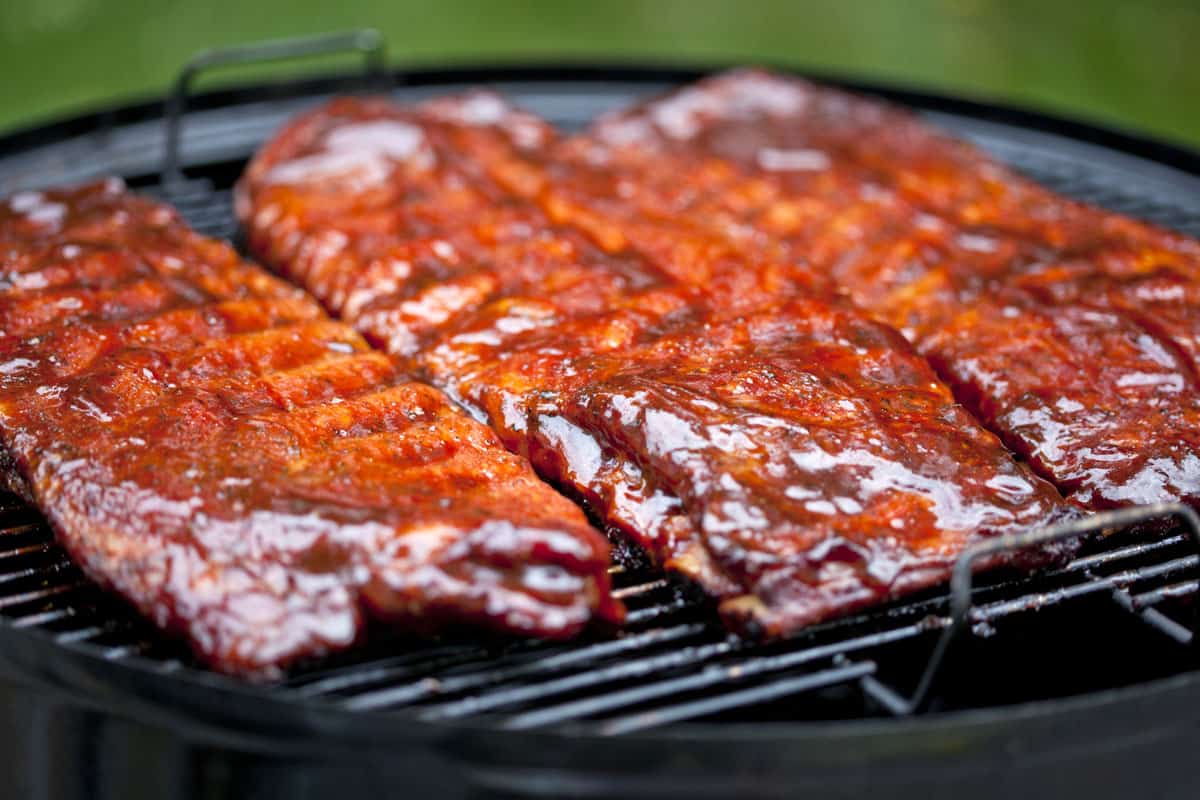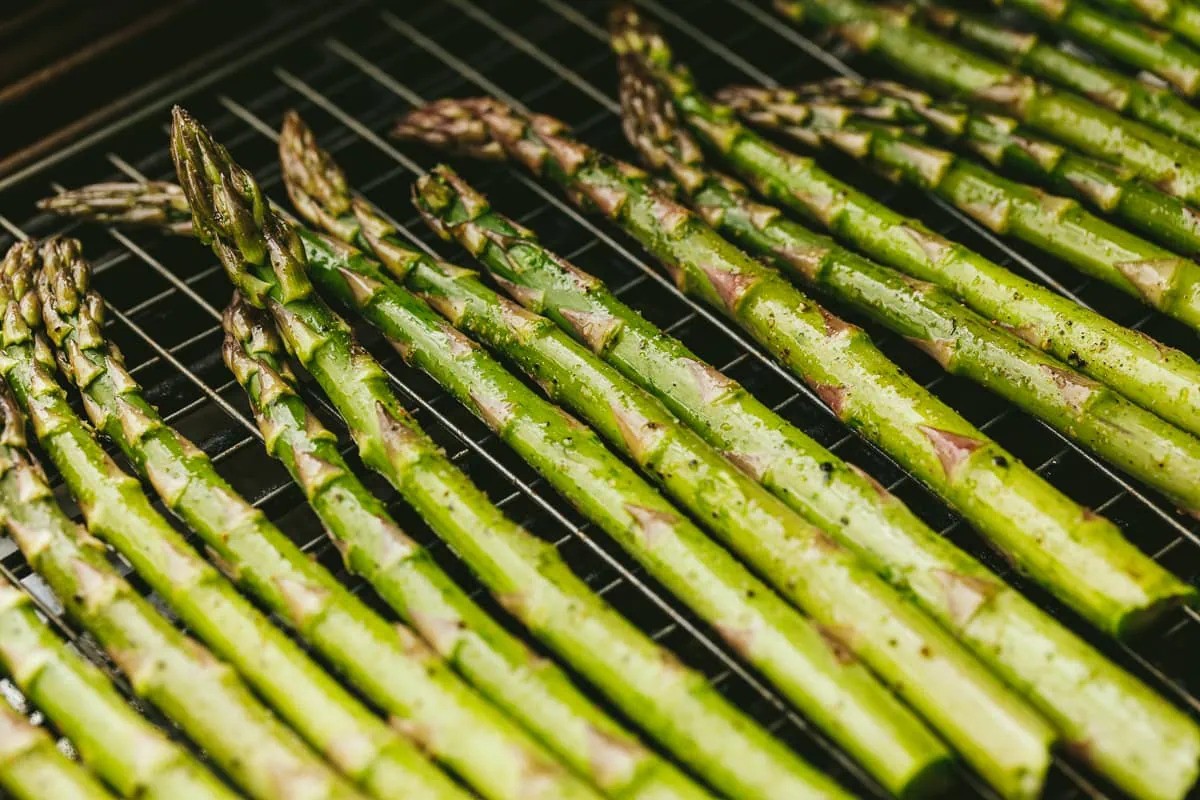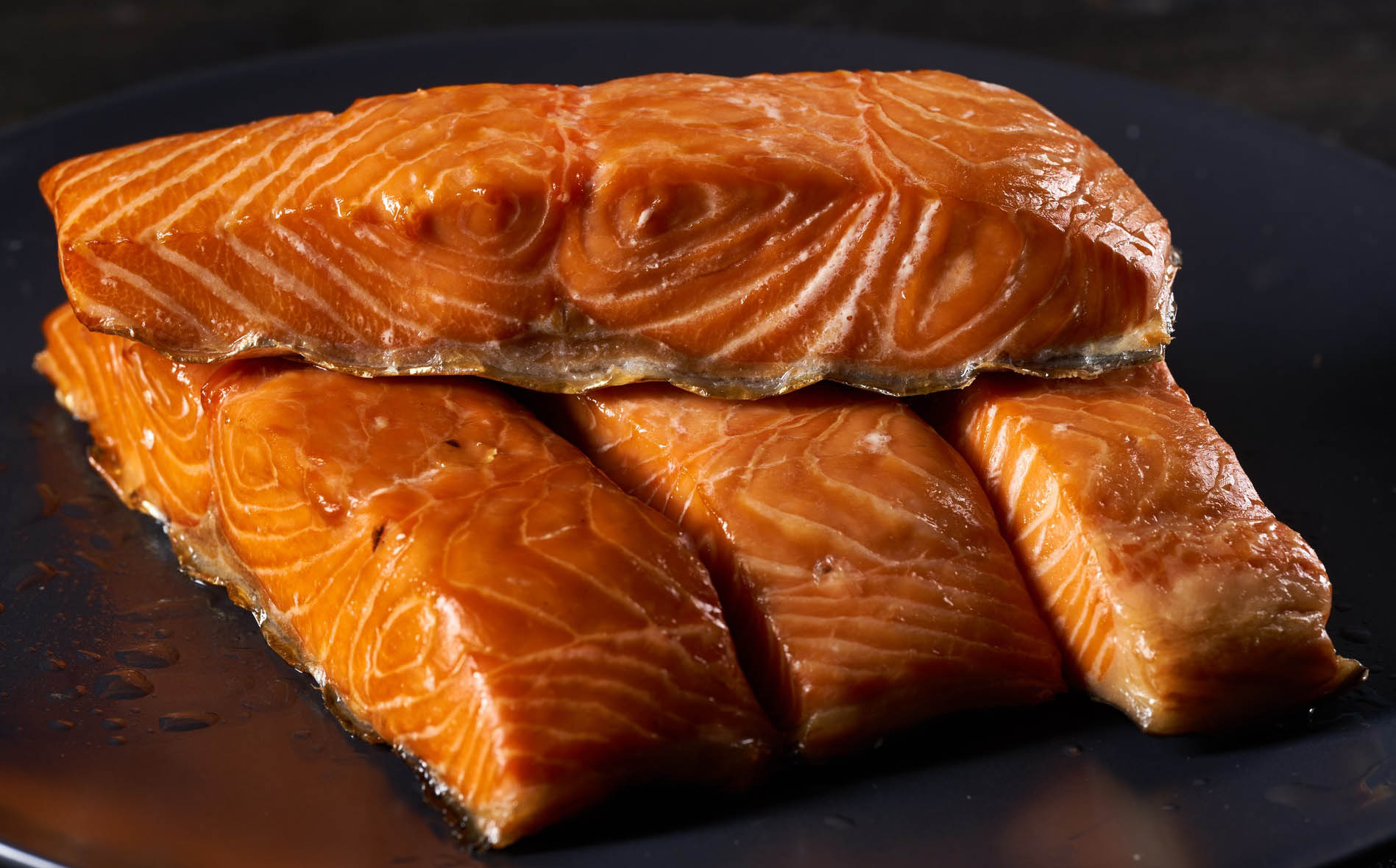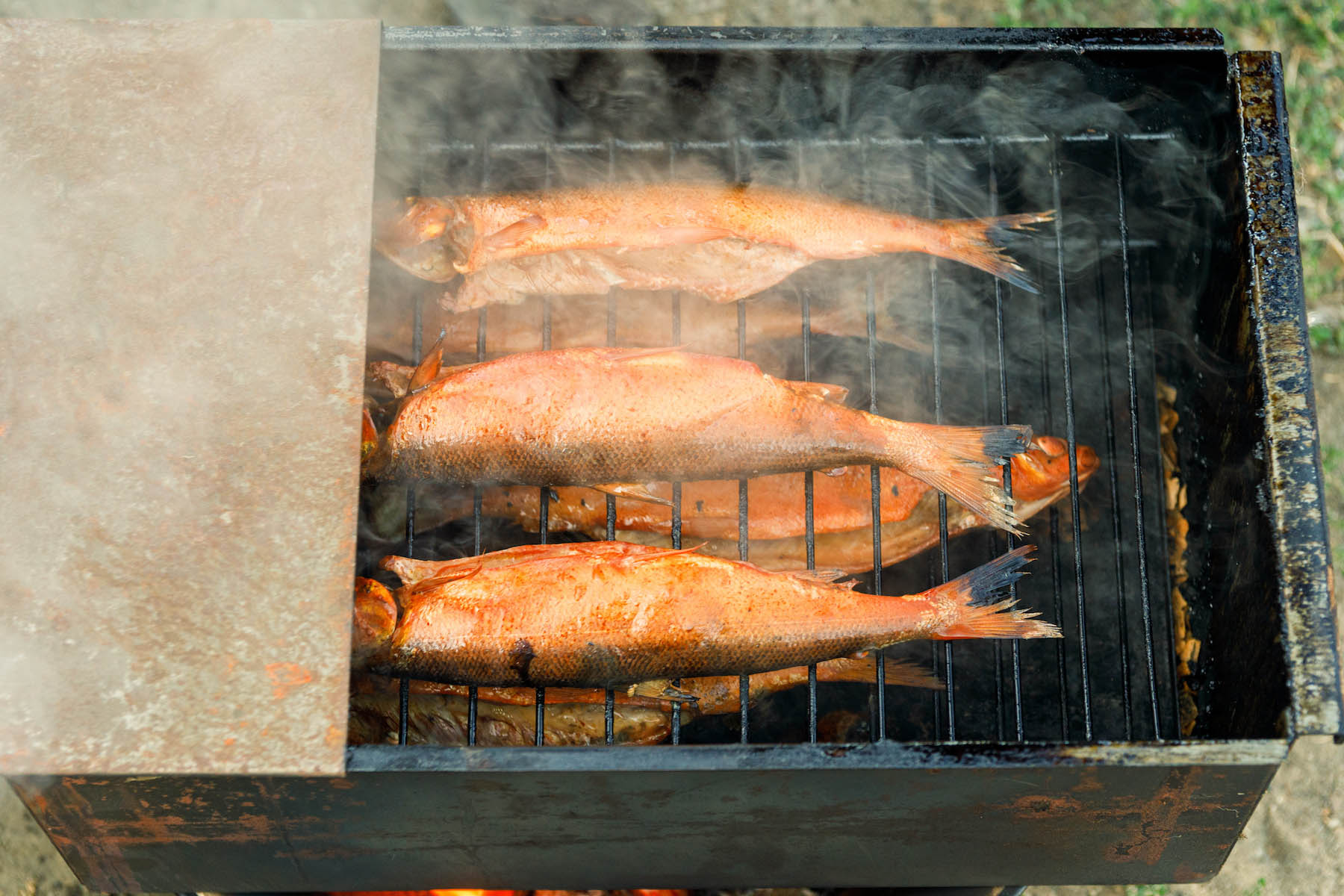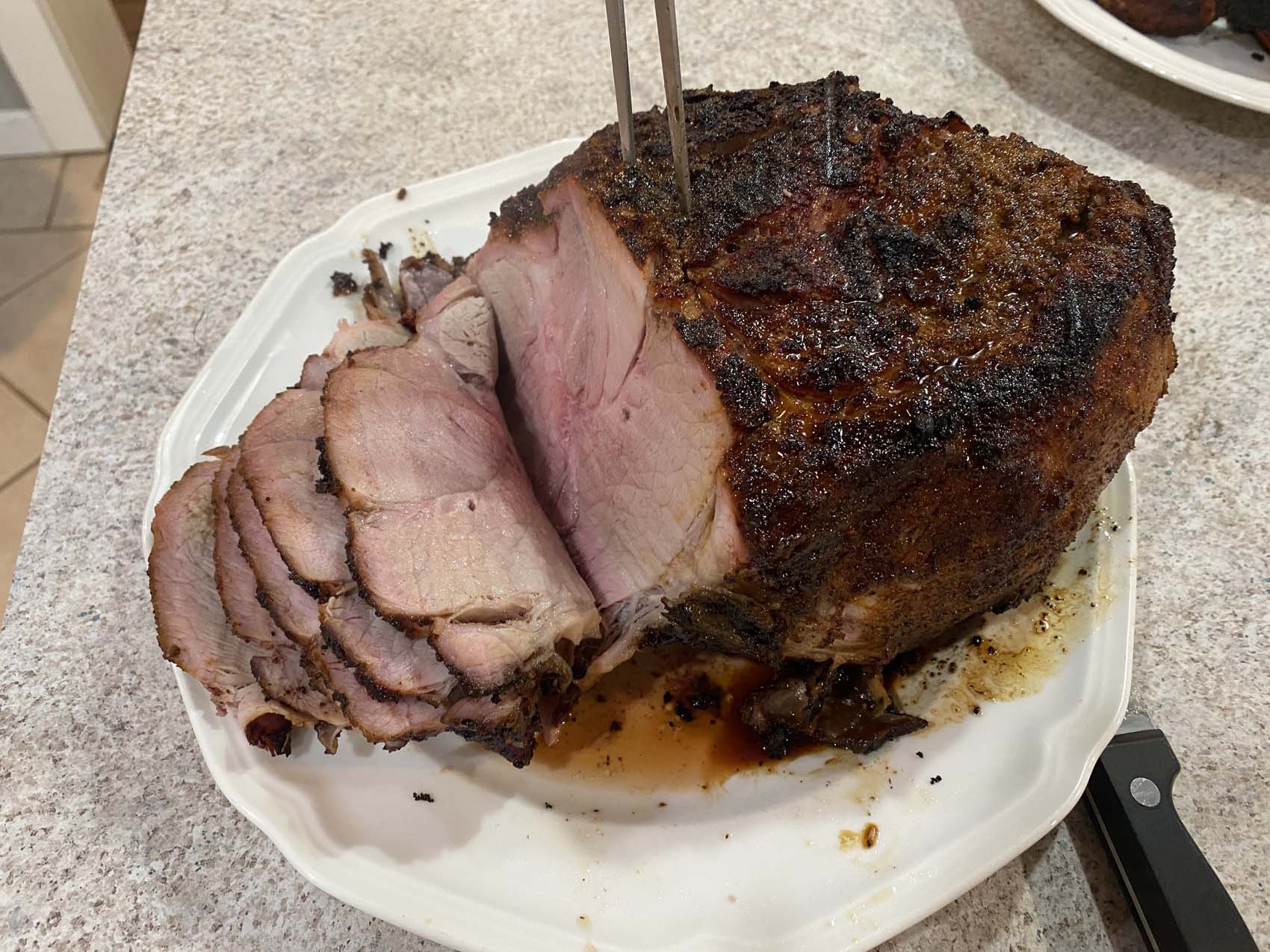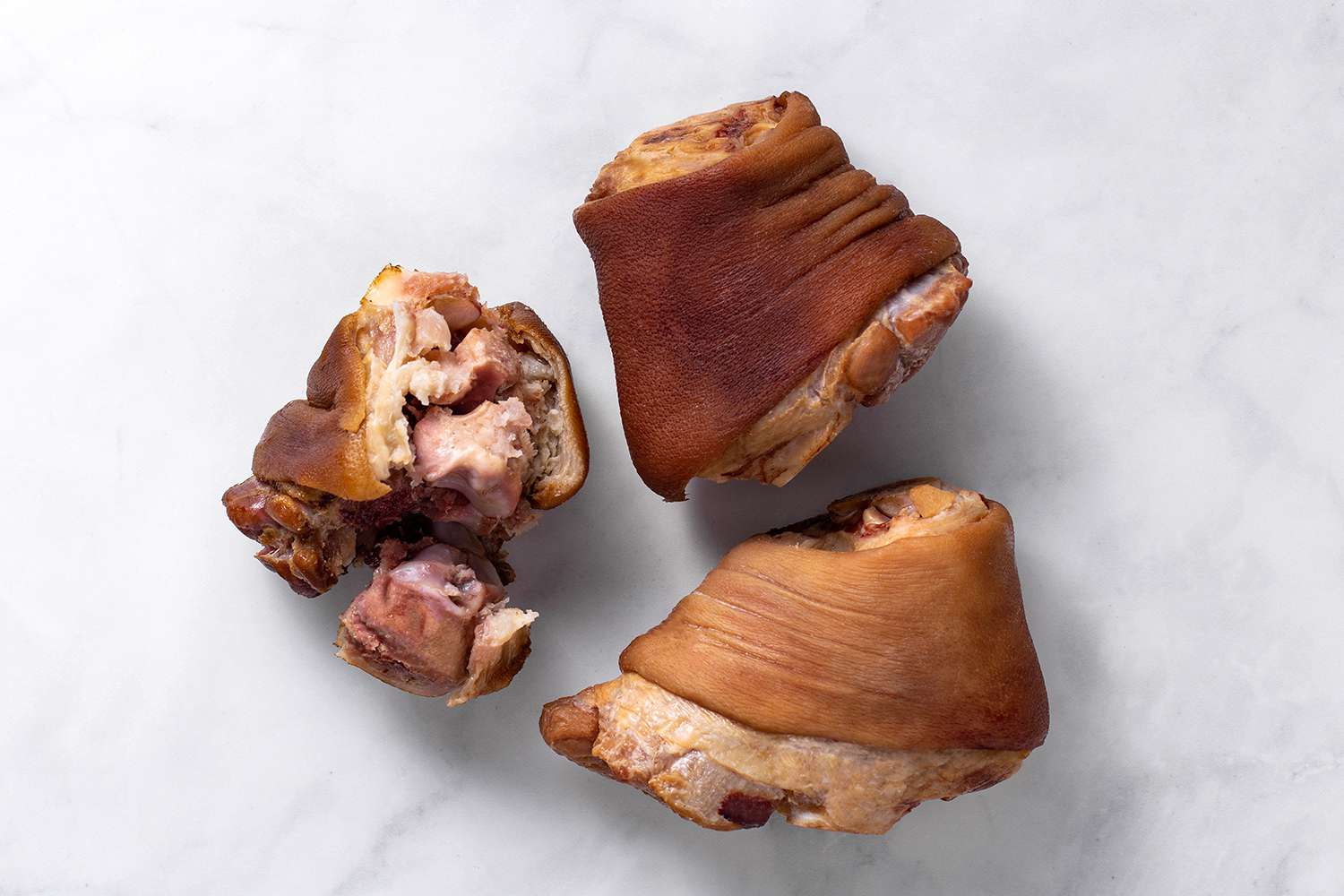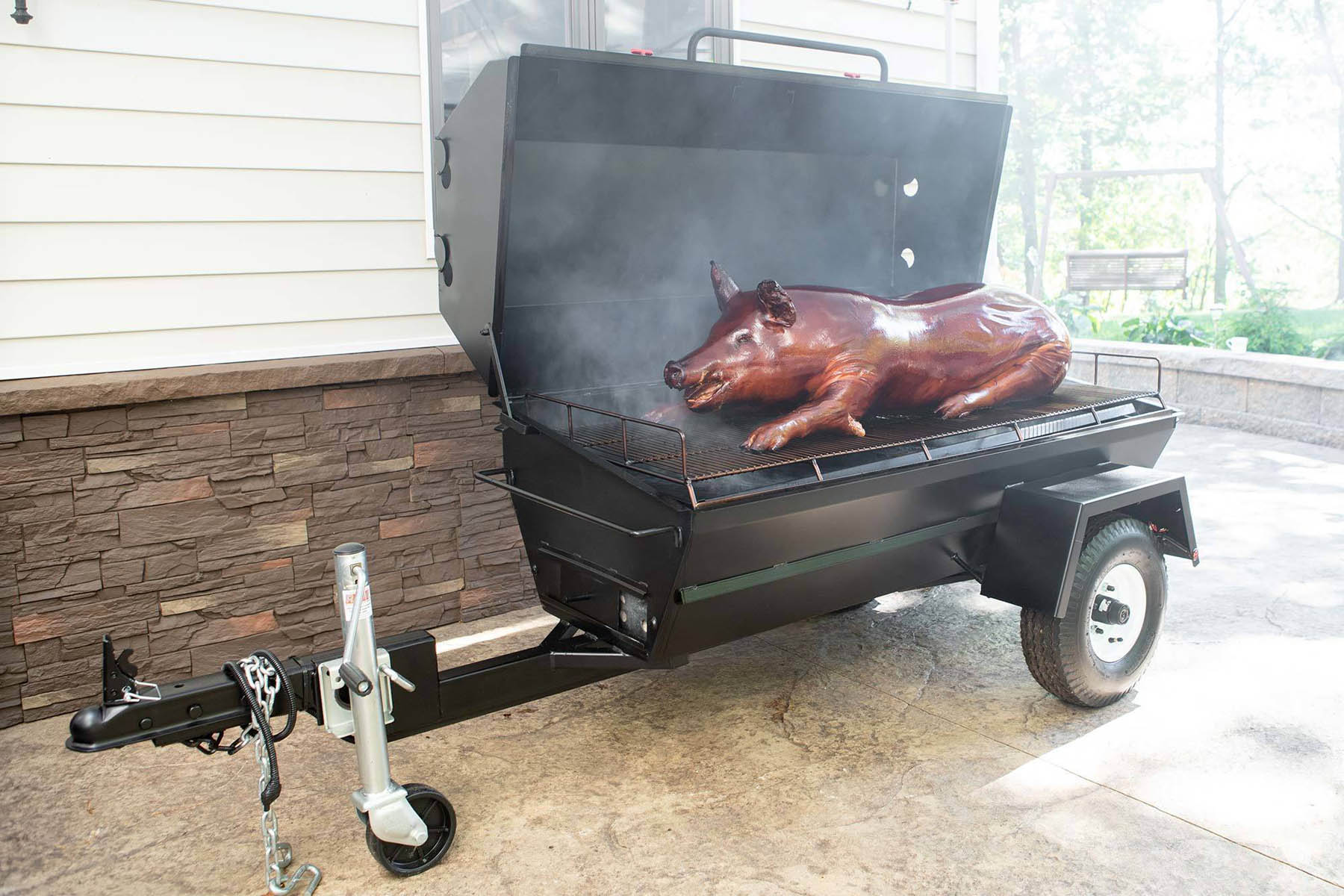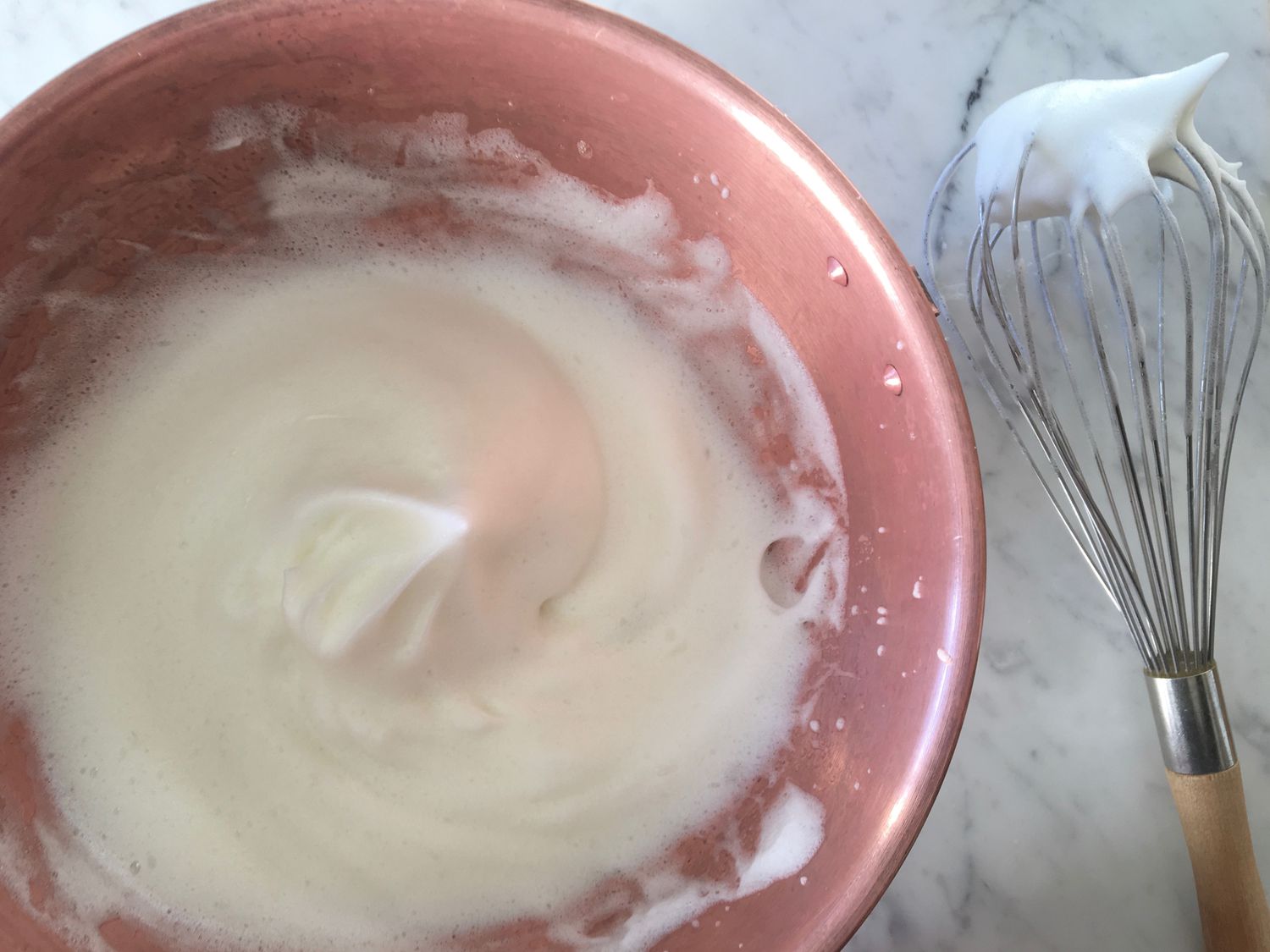Smoking Rump Roast in a Smoker
Welcome to the world of smoking rump roast! If you’re a fan of tender, flavorful meat, then smoking a rump roast in a smoker is a must-try. This cooking method infuses the meat with a rich, smoky flavor that will leave your taste buds tingling. In this guide, we’ll walk you through the steps to achieve a mouthwatering smoked rump roast that will have everyone coming back for seconds.
Choosing the Right Rump Roast
Before you start smoking your rump roast, it’s essential to select the right cut of meat. Look for a quality rump roast with a good marbling of fat. The fat will help keep the meat moist and add flavor during the smoking process. Aim for a roast that is around 3-4 pounds for optimal results.
Preparing the Rump Roast
Once you have your rump roast, it’s time to prepare it for the smoker. Follow these steps to ensure your roast is ready for the smoking process:
- Trim any excess fat from the surface of the roast, leaving a thin layer to enhance flavor and juiciness.
- Season the roast generously with your favorite dry rub or marinade. Popular choices include garlic, black pepper, paprika, and thyme.
- Cover the seasoned roast and let it sit in the refrigerator for at least an hour, allowing the flavors to penetrate the meat.
Setting Up Your Smoker
Now that your rump roast is prepped and ready, it’s time to fire up the smoker. Follow these steps to ensure your smoker is ready to go:
- Fill the smoker’s wood chip tray with your preferred smoking wood, such as hickory, mesquite, or applewood.
- Preheat the smoker to a temperature of around 225-250°F (107-121°C).
- Place a water pan in the smoker to help maintain a moist cooking environment.
Smoking the Rump Roast
With the smoker preheated and ready, it’s time to introduce your rump roast to the flavorful world of smoking. Follow these steps to achieve a perfectly smoked rump roast:
- Place the seasoned rump roast directly on the smoker rack, positioning it in the center for even cooking.
- Close the smoker and let the roast smoke for approximately 1.5-2 hours per pound, or until it reaches an internal temperature of 135-140°F (57-60°C) for medium-rare doneness.
- Monitor the smoker temperature throughout the cooking process, adding more wood chips as needed to maintain a steady level of smoke.
Resting and Serving
Once the rump roast has reached the desired level of doneness, carefully remove it from the smoker and transfer it to a cutting board. Allow the roast to rest for 10-15 minutes to allow the juices to redistribute, resulting in a tender and juicy final product.
After the resting period, it’s time to carve and serve your smoked rump roast. Slice the meat against the grain to ensure maximum tenderness and enjoy the mouthwatering flavors that only smoking can impart.
With these simple steps, you can elevate your rump roast to a whole new level of deliciousness. Whether you’re hosting a backyard barbecue or simply craving a hearty, smoky meal, smoking a rump roast in a smoker is a surefire way to impress your guests and satisfy your taste buds.
So, fire up the smoker, grab a quality rump roast, and get ready to experience the incredible flavors of smoked meat like never before!
Was this page helpful?
Read Next: How To Smoke Cheese In Traeger
